Virgil van Dijk is likely to miss the rest of the season, that we know. Dr. Rajpal Brar explains the surgery process, rehabilitation and future implications for the Dutch defender.
Details are sparse but it’s understood that we’re dealing with the highest severity ligament tear, a complete grade 3 rupture of Van Dijk’s anterior cruciate ligament (ACL) – a major knee stabilising ligament.
Surgery awaits
From my understanding, Van Dijk will undergo surgery within the week – the wait is likely to allow for knee swelling to dissipate.
The surgery will entail reconstructing the ruptured ACL ligament – typically with a graft from the patient’s own hamstring or patellar tendon.
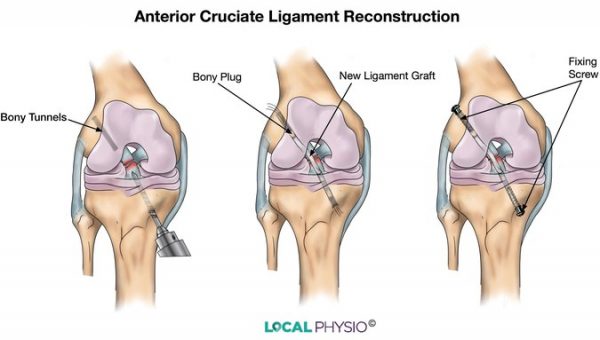
There are risks/benefits to each – and, quite importantly, determining the full extent of damage to other ligaments and cartilage in the knee (cartilage, including the menisci, is force-dampening, friction-reducing, weight-distributing tissue between the knee joints).
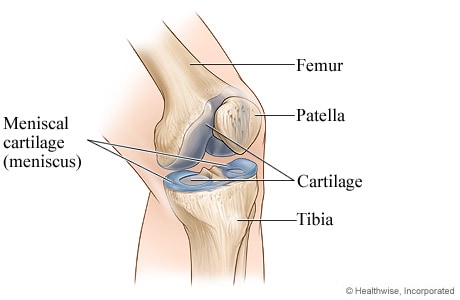
The extent of the damage will play a key role in determining Van Dijk’s return timeline and potential long-term implications, which may be why Liverpool has been reluctant to announce timeline details until knowing more.
Return to play (RTP) timeline
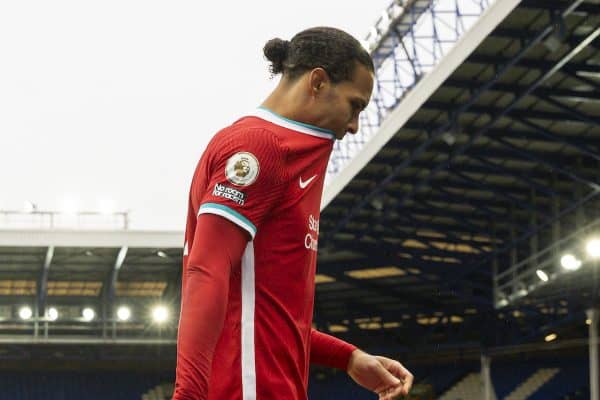
The typical RTP for elite footballers following an ACL rupture is 7-9 months. There are some expedited protocols that have players returning in six months but early data is showing an increased risk for injury to both the operated and non-operated ACL, along with increase for other compensatory injuries.
A recent example is AS Roma & Italian starlet Nicolo Zaniolo who returned from an ACL-repair in roughly 5.5 months and promptly ruptured his other ACL upon returning.
Depending on what the surgeon finds during the procedure, Van Dijk may face a longer return spell. For example, Aston Villa’s Wesley suffered a similar mechanism of injury, was found to have three damaged ligaments along with medical meniscus damage and has now been out for roughly 10 months. Multi-ligament injuries tend to be of higher complexity which adds to the rehab demands.
However, that also depends on the ligament damaged. For example, if the other ligament damaged is the medial collateral ligament (MCL) – quite common in high impact ACL ruptures – then it’s not that big of a deal because the MCL heals quite well (often without surgery even if fully ruptured) because it has an excellent blood supply.
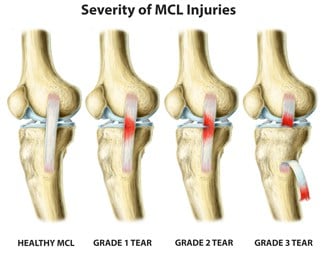
On the other hand, if Van Dijk has also damaged his posterior cruciate ligament (possible due to the high impact knee hyperextension), then that adds another significant insult to the knee joint.
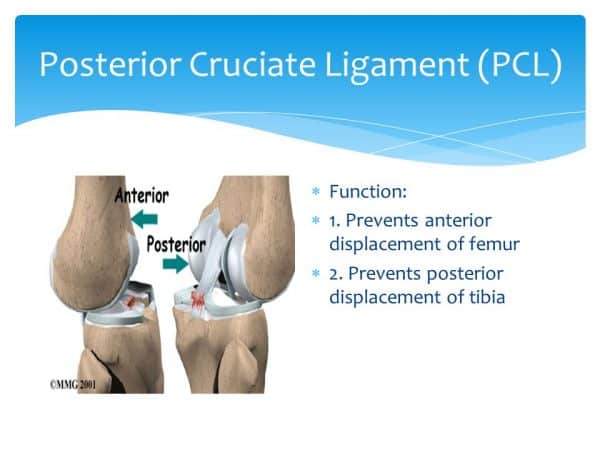
Further, if there’s significant meniscus or articular cartilage damage, it can delay recovery and also lead to increased stiffness and discomfort. That cartilage damage may also lead to an increased rate of wear and tear within the Van Dijk’s knee joint moving forward. Speaking of long-term implications…
Can Van Dijk return to his pre-injury levels of play?
The research shows that most footballers do return to their pre-injury levels of performance BUT it often takes 18-24 months to return to pre-injury strength and conditioning and also get over the mental challenge of regaining confidence in movement, the knee, and the fear of reinjury (known as kinesiophobia). The latter has recently become a very hot topic in the physio world and a very necessary one that’s long overdue.
An example of this extended return to true 100% fitness is Arsenal’s Hector Bellerin
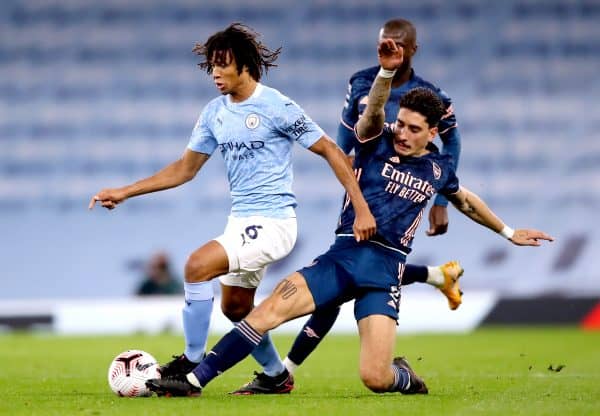
He’s now roughly 18 months out from ACL-repair and is beginning to shape into his pre-injury levels of form and consistency.
I typically look at the two-year mark as a true metric of a player’s recovery from an ACL rupture.
Four key positives
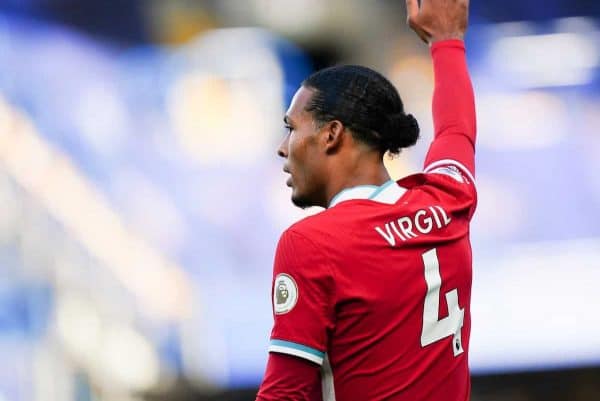
Although Van Dijk certainly faces a challenging road to recovery, there are four key positives working in his favour:
-
1 – His extremely high levels of fitness and strength and conditioning prior to the injury always bodes well for recovery afterwards. This principle of fitness preceding the surgery is why “prehab” – patients awaiting ACL surgery undergoing physio – has becoming more commonplace in the general population.
2 – He has access to Liverpool’s elite medical, physio, and training staff – one of the best in the sports world and buoyed by a manager in Jurgen Klopp who shows an uncanny understanding of medical issues (possibly due to his former degree of Sports Science from Goethe University in Frankfurt). Higher medical care correlates with better outcomes and they will be especially key moving forward to help mitigate the inherent reinjury and compensatory injury risks that come after an ACL rupture.
3 – Van Dijk, although an incredible athlete, relies heavily on his understanding & reading of the game to be effective, often using his positioning & tactical awareness rather than sheer pace or strength. That skill and playing style will benefit him very well as he returns to the pitch while his mental and physical fitness catch up to his mental speed.
4 – From everything I’ve heard about Van Dijk, he seems to have a very resilient and growth mindset that views challenges as items to be overcome and grow from.
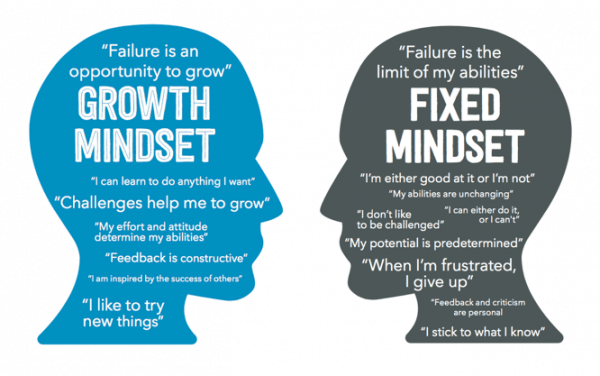
I cannot state how valuable this quality is for recovering from major injuries, especially during some of the inherent struggles of physio. His statement following the injury is case in point of his mentality and support system.
Patience
One final note is simply this: be patient. It’s natural for players and fans alike to want to see the pitch again as soon as possible but you cannot rush the process or recovery, otherwise you set yourself up for setbacks.
Van Dijk may face some of that pressure from himself but also with Euros right around the corner next summer. I’m confident he and the Liverpool medical staff will properly analyae & weight the risks-rewards and make the appropriate decisions based on his full injury specifics and recovery timeline.
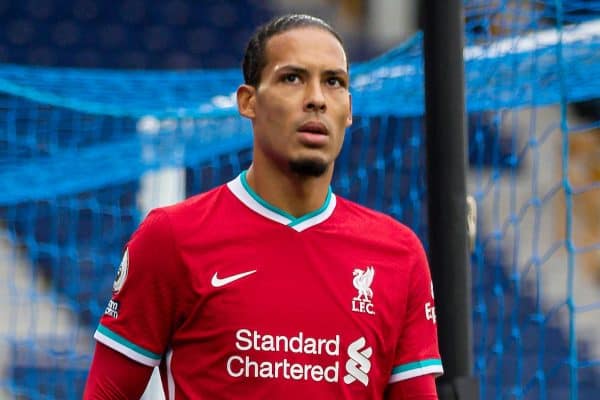

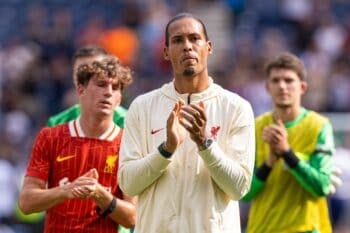
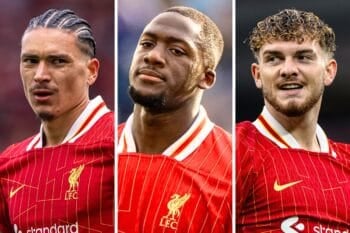

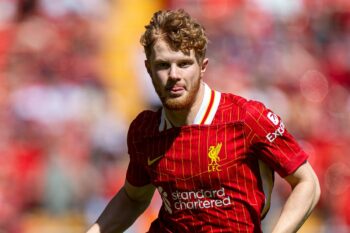
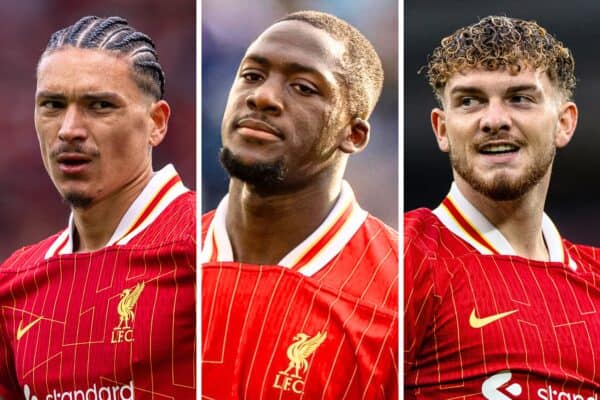

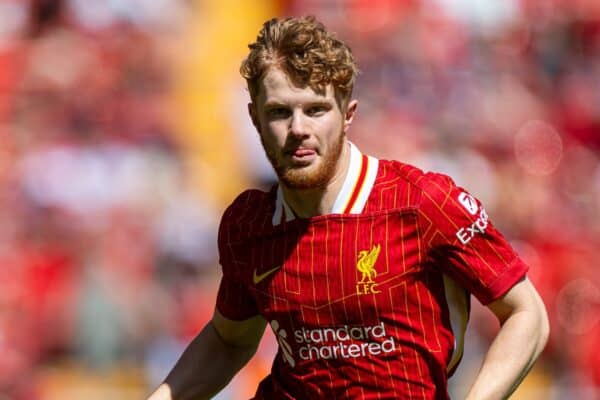

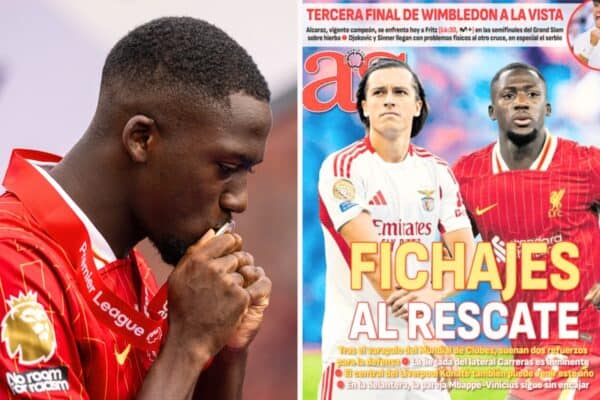
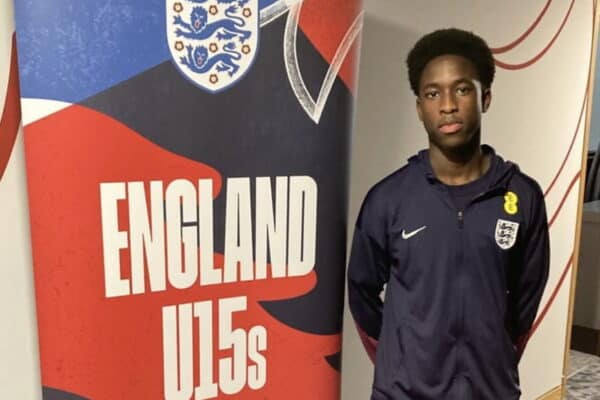
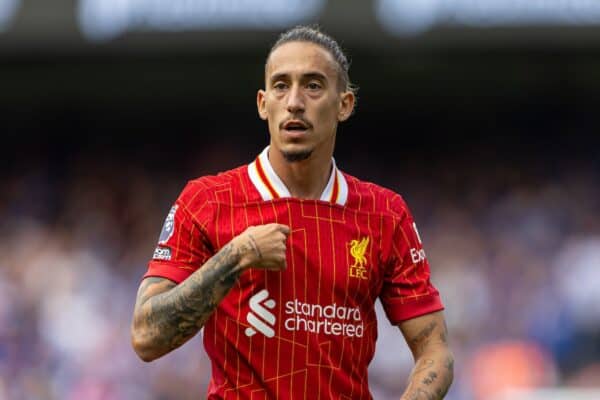
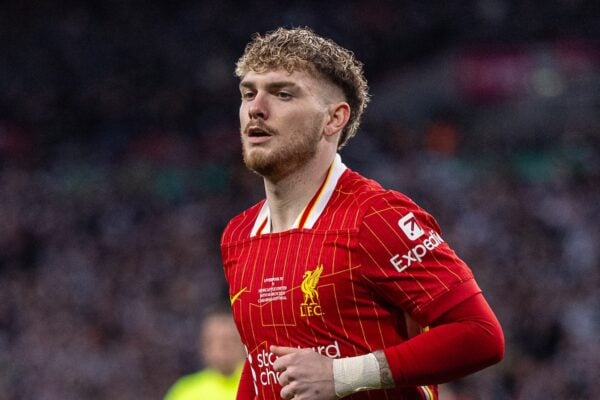
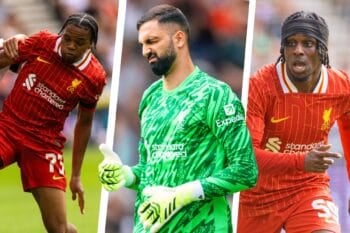
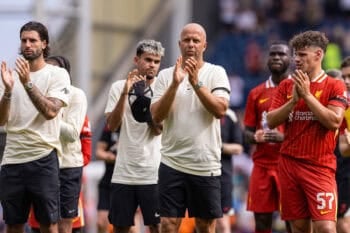

Fan Comments